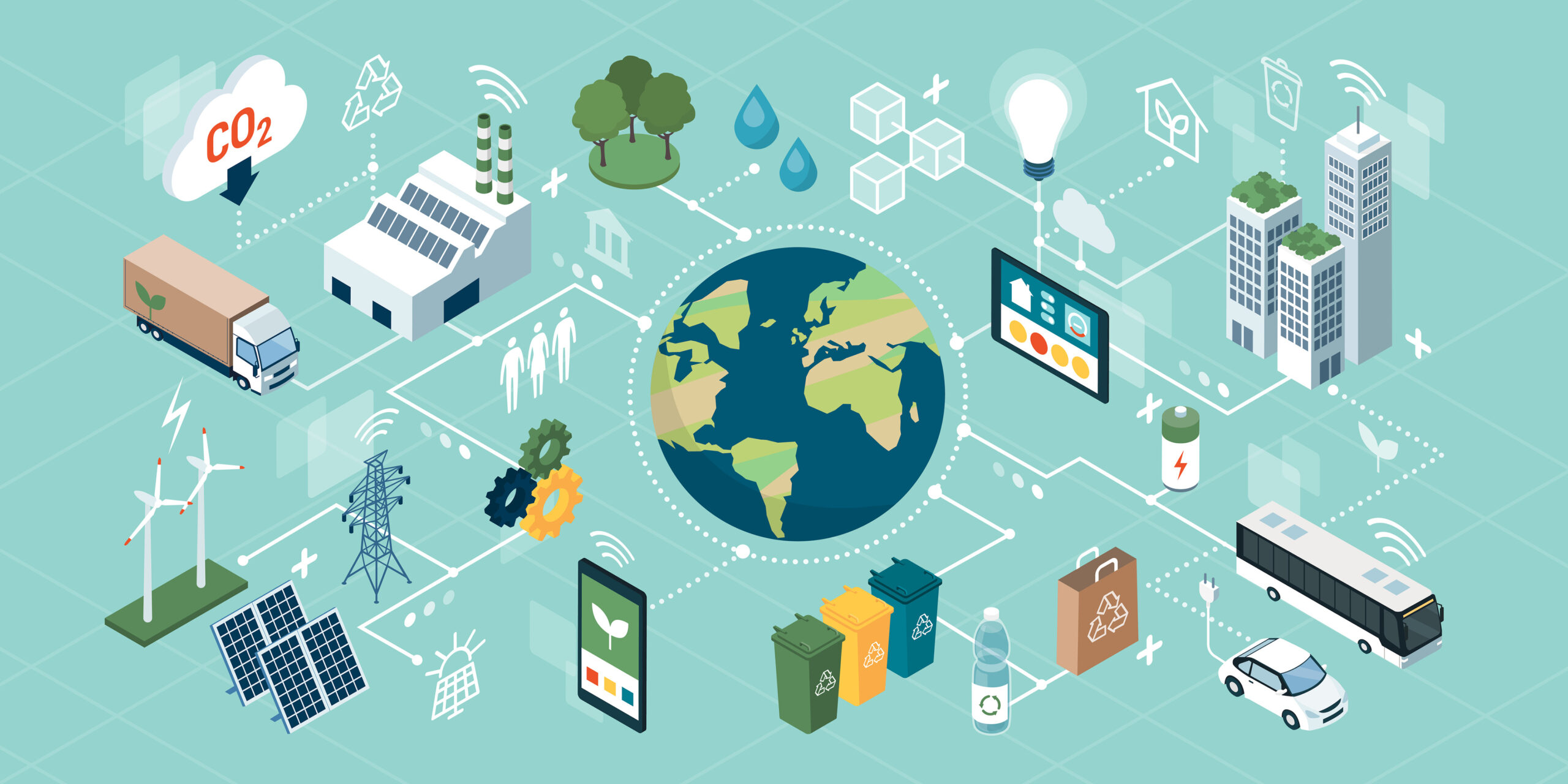The global economy is currently dominated by linear production and consumption patterns. Businesses and industries extract natural resources, manufacture products, and sell them to consumers who eventually discard them after use. This linear system thrives on the notion of unlimited growth, but it is becoming increasingly clear that it is unsustainable and detrimental to the environment. In response, a growing number of businesses are opting for a circular economy model as a more sustainable approach to conducting business.
A circular economy is an economic system that aims to eliminate waste and continuously reuse resources. This system keeps products and materials in use for as long as possible through strategies such as redesign, reuse, repair, and recycling. The shift towards a circular economy presents new opportunities for businesses to create value, generate profits, and contribute to sustainable development.
One of the biggest advantages of a circular economy for businesses is the potential for cost savings. Instead of producing goods from scratch each time, businesses can reuse existing resources through innovative design, remanufacturing, and recycling. This reduces the costs of raw materials, production, and waste disposal, resulting in significant cost savings.
Another advantage of a circular economy is the potential for increased customer loyalty. More and more consumers are becoming environmentally conscious and are willing to pay a premium for sustainable products. By adopting circular economy practices, businesses can tap into this growing market and differentiate themselves from competitors by offering environmentally friendly products and services.
The shift towards a circular economy also offers a range of environmental benefits. It reduces the amount of waste and pollution generated by production and consumption, conserves natural resources, and reduces greenhouse gas emissions. In a circular economy, waste is seen as a resource, and the materials used to create products are kept in constant circulation, reducing the demand for virgin materials and reducing environmental impacts.
Despite these advantages, shifting towards a circular economy is not without its challenges. One of the biggest challenges faced by businesses is the need for a fundamental shift in mindset and business models. The linear economy model has become deeply ingrained in business practices, and it can be difficult to change the way things are done. Additionally, adopting circular economy practices may require significant upfront costs for businesses, such as investment in new technologies, retraining staff, and implementing new processes.
However, the benefits of a circular economy make it an attractive prospect for businesses looking to future-proof their operations and contribute to sustainable development. Governments and international organizations are also recognizing the need for a more sustainable approach to the economy and are offering support for circular economy initiatives. The European Union, for instance, has set ambitious goals for the circular economy, such as achieving 60% resource efficiency by 2030 and becoming carbon-neutral by 2050.
In conclusion, shifting towards a circular economy offers a range of benefits for businesses, the environment, and society as a whole. It offers a way for businesses to reduce costs, increase customer loyalty, and contribute to sustainable development. While there are challenges to overcome, the growing recognition of the unsustainability of a linear economy model and the support of governments and international organizations make it an attractive prospect for forward-thinking businesses. By embracing circular economy practices, businesses can position themselves as leaders in sustainable development and future-proof their operations for a more sustainable future.

